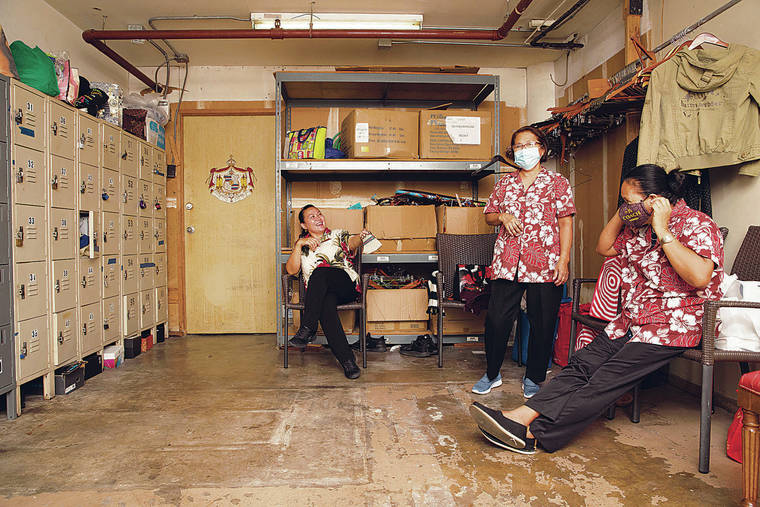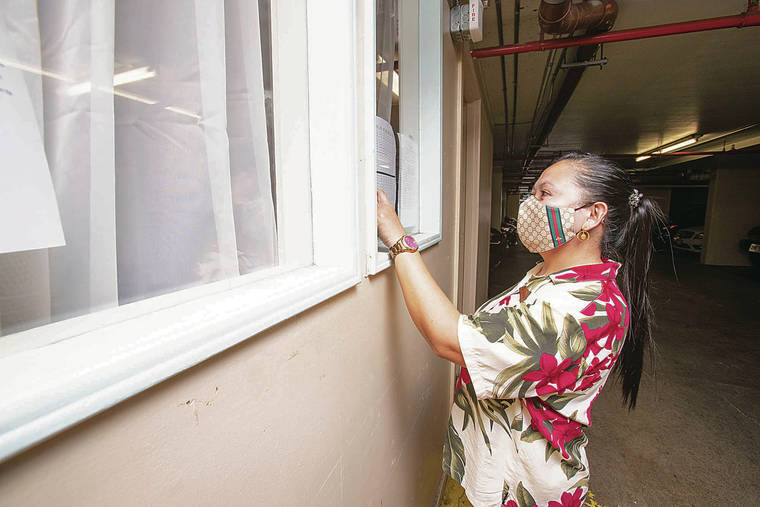Women in Hawaii earned 85.1% of what a man made in 2019; however, they fared better than the national average.
According to the U.S. Bureau of Labor Statistics, Hawaii women working full time in 2019 had median weekly earnings of $847, or 85.1% of the $995 median weekly earnings of men. BLS reported that on average, nationwide, women earned just $821 a week, or 81.5% of the $1,007 median earnings for men.
Women’s weekly earnings in Hawaii were ranked 17th of all the states and the District of Columbia, while men’s weekly earnings in Hawaii took the 27th spot nationwide. Still, women’s earnings as a
percentage of men’s in Hawaii ranked eighth in the nation.
Amar Mann, senior economist and branch chief of the Western Region for the U.S. Bureau of Labor Statistics, told the Honolulu Star-Advertiser that Hawaii’s gender wage gap isn’t as pronounced as other states’, mainly due to the types of jobs that men and women are doing in Hawaii as compared with elsewhere.
“There are more women in service occupations nationally than Hawaii and also fewer women in management occupations nationally than in Hawaii,” Mann said, adding that
service occupations tend to be lower-paying, while management and professional jobs tend to be higher-paying.
Mann said that nationally, 18.8% of workers in service occupations were women as compared with 12.5% for men. In Hawaii, BLS statistics show, 21.5% of employed women worked in service, while 22.7% of employed men worked in service.
Likewise, 14.5% of Hawaii women worked in management, business and financial operations as compared with 14% of Hawaii men. Nationwide, 19.15% of men and 17.5%
of women worked in this category.
“Where we see bigger (gender) gaps (in weekly wages) are in states where there are more industries and more jobs that are concentrated in fields like oil extraction, high tech and finance,” Mann said. “Those are industries where women aren’t as well represented, and they tend to be higher-paying.”
Mann said Hawaii’s gender wage gap also might be less pronounced because the state has a strong leisure and hospitality base, where there is traditionally less stratification in wages between executives, middle mangers and workers.
United Here Local 5 President Gemma Weinstein said Hawaii’s high unionization rate is likely another reason that Hawaii’s wage gap isn’t as pronounced.
BLS reported that in 2020 Hawaii had 120,000 union members, who contributed to making Hawaii’s union membership rate the nation’s highest. According to BLS, union members accounted for 23.7% of Hawaii’s wage and salary workers as compared with 10.8% nationwide.
“I’m so proud of our members. Every time we fight the contract, we make sure that everybody is equal and we get something for everybody,”
Weinstein said. “I started working in 1990, and I would definitely say that it is getting better. It’s not 100% but there has definitely been change.”
Weinstein said Local 5 is working to ensure that all members are paid equal wages for equal jobs. They also want union members to have equal opportunities for advancement — that’s why Local 5 has established the Hotel and Restaurant Industry Employment &Training Trust.
“I hardly see female hotel workers in engineering jobs, which tend to be higher-paying,” she said. “We have one here or there, but I would like to see more. That’s why we are offering training programs. We want to give everyone an opportunity to upgrade themselves.”
BLS released the gender wage data in connection with International Women’s Day, which was celebrated March 8. This year’s
campaign theme was #ChooseToChallenge — the idea that “we can all choose to challenge and call out gender bias and inequality” and that from “challenge comes change.”
Some states have more improvements to make than others.
According to BLS, Women in the District of
Columbia lead the nation, earning 90.7% of what a man earned there in 2019. Women in Maryland,
California, Massachusetts, Vermont, Colorado and Connecticut also came in ahead of Hawaii.
BLS reported that median weekly earnings for women were lowest in Mississippi at $669 and highest in Maryland at $1,017. In
addition to Maryland,
women’s earnings in Massachusetts and the District of Columbia exceeded $1,000 per week.




